ULA kicks off next Delta 4-Heavy launch campaign – Spaceflight Now
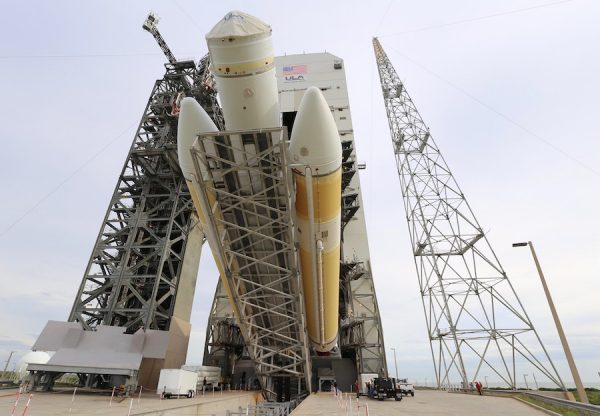
The next Delta 4-Heavy rocket was raised vertical Friday at Cape Canaveral, signaling the start of a comprehensive series of pre-flight testing before liftoff next year with a top secret U.S. government spy satellite.
The triple-core rocket rolled out to Cape Canaveral’s Complex 37 launch pad Thursday, riding a 36-wheel, diesel-powered transporter to the pad from United Launch Alliance’s nearby Horizontal Integration Facility, ULA said in an update posted on its website.
ULA’s ground team assembled the Delta 4-Heavy rocket inside the Horizontal Integration Facility. The Delta 4-Heavy is the most powerful rocket currently in ULA’s fleet, with three first stage boosters bolted together, each powered by a hydrogen-fueled Aerojet Rocketdyne RS-68A main engine.
According to ULA, teams inside the HIF connected the Delta 4-Heavy’s three common booster cores, then installed the rocket’s upper stage to the forward end of the core stage. Workers also added the Launch Mate Unit, a structure at the base of the rocket that includes 12 hold-down bolts. Pyrotechnic charges fire to release the bolts at liftoff, allowing the Delta 4-Heavy to climb away from the launch pad.
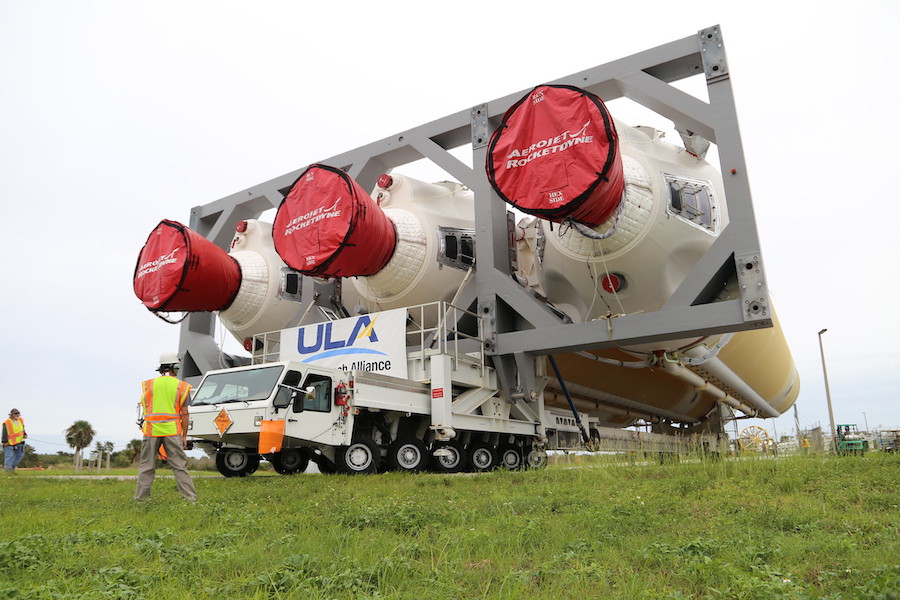
The Delta 4-Heavy is set to launch a classified payload for the National Reconnaissance Office, the agency which develops and owns the U.S. government’s intelligence-gathering spy satellites. The identify of the payload is top secret, and the mission is officially codenamed NROL-44.
The payload aboard the NROL-44 mission is likely heading for a high-altitude perch in geosynchronous orbit more than 22,000 miles (nearly 36,000 kilometers) above Earth, where the NRO operates surveillance satellites capable of eavesdropping on foreign communication signals.
If the NROL-44 payload is similar to previous NRO spy satellites launched into similar geosynchronous orbits, the Delta 4-Heavy rocket will deliver its spacecraft passenger directly to a circular orbit some 22,300 miles in altitude, a lofty orbit that typically requires three firings by the Delta 4’s upper stage RL10 engine.
ULA is building five more Delta 4-Heavy rockets for launches through 2023, all carrying payloads for the NRO that military officials say are unable to launch into their targeted orbits on any other rocket that is currently operational. Many of the NRO’s satellites are heavy and large — comparable to the size of a school bus — and are designed to be integrated with their rockets in a vertical configuration, rather than horizontally.
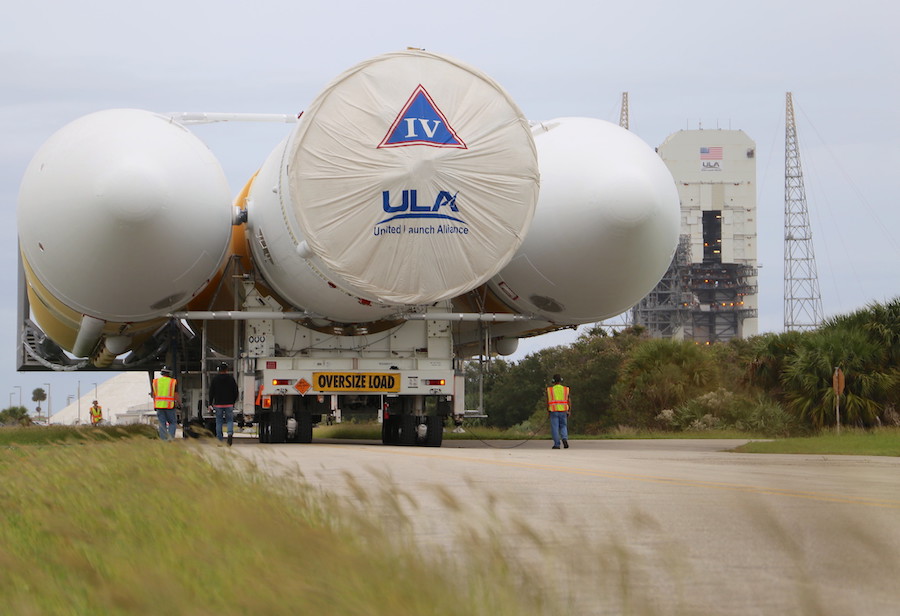
The launcher for the NROL-44 mission was raised vertical on its launch mount Friday. Teams positioned the rocket inside pad 37’s mobile gantry tower to prepare for a series of systems tests before the end of the year.
The Delta 4 team also plans to perform a wet dress rehearsal, during which ULA’s launch team will practice countdown procedures and fill the rocket’s cryogenic propellant tanks, then halt the launch sequence before engine ignition. The Delta 4’s tanks will then be drained, and the rocket will be readied to receive its top secret spy payload next year.
The NROL-44 mission is scheduled for launch in June, marking the 12th flight of a Delta 4-Heavy rocket since 2004, and the 41st Delta 4 mission overall.
The arrival of Delta 4-Heavy at pad 37 comes less than three months after ULA launched the final medium-lift Delta 4 variant Aug. 22. That mission signaled the retirement of the “single stick” Delta 4 rocket as the company focuses on flying the less expensive Atlas 5 launcher and developing the new Vulcan Centaur launch vehicle.
ULA plans another Delta 4-Heavy launch next September from Vandenberg Air Force Base, California, also hauling a classified NRO payload into orbit. Once teams complete testing on the Delta 4-Heavy at Cape Canaveral, ULA will ready the Delta 4-Heavy at Vandenberg for its mission at Space Launch Complex 6.
Additional photos of the Delta 4-Heavy’s rollout to pad 37 are posted below.
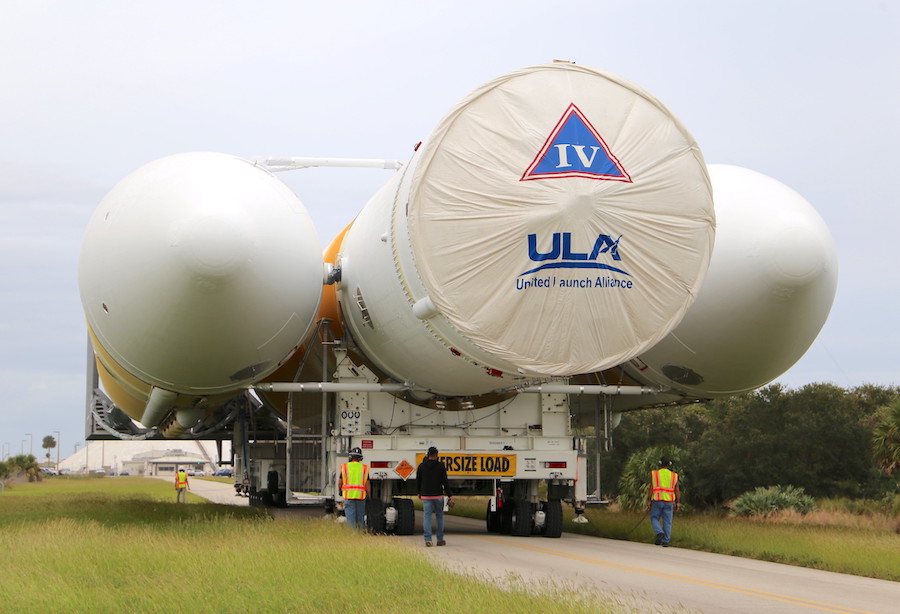
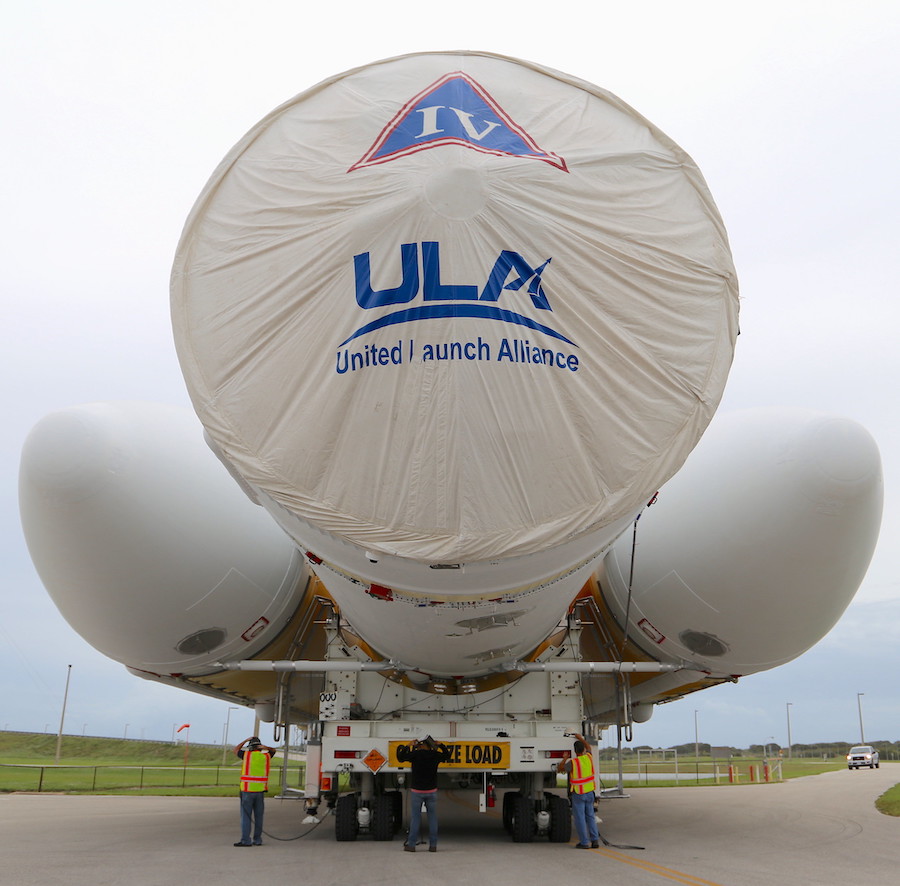
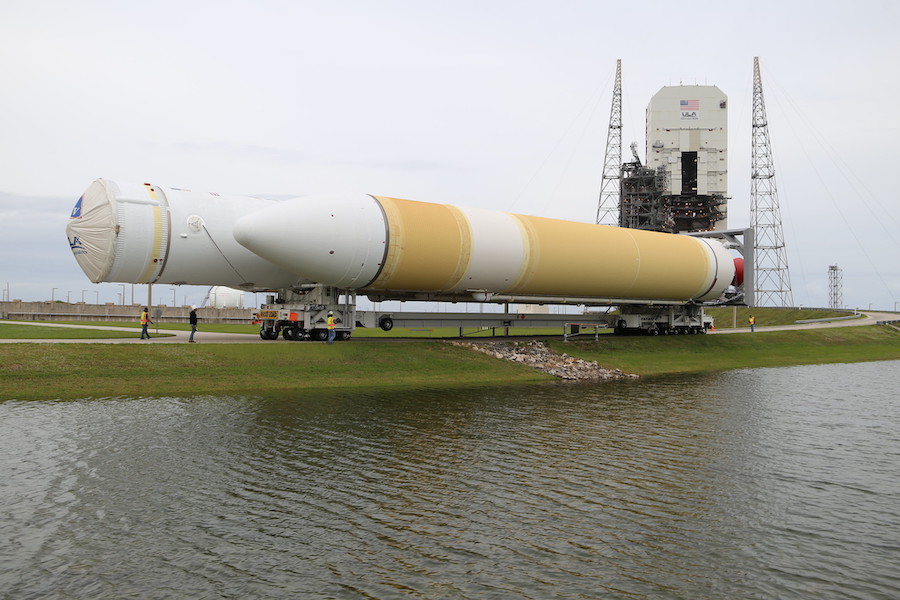
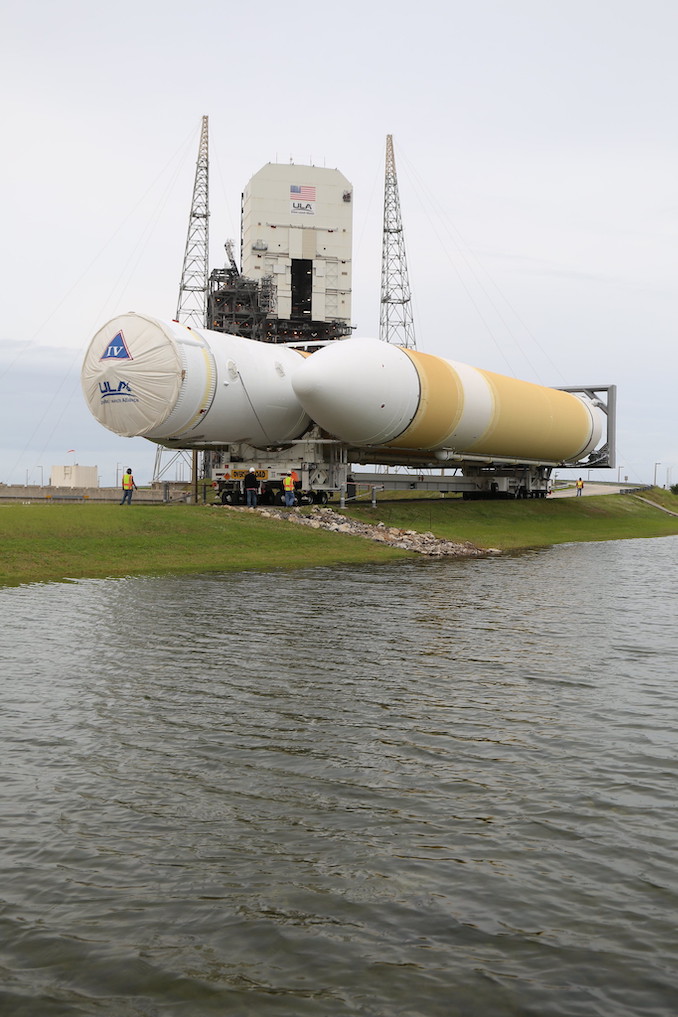
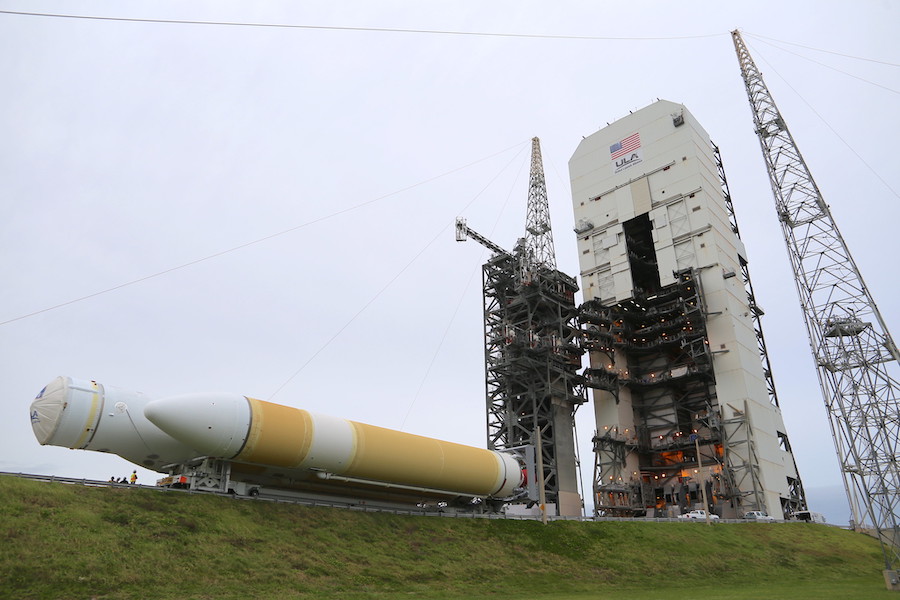
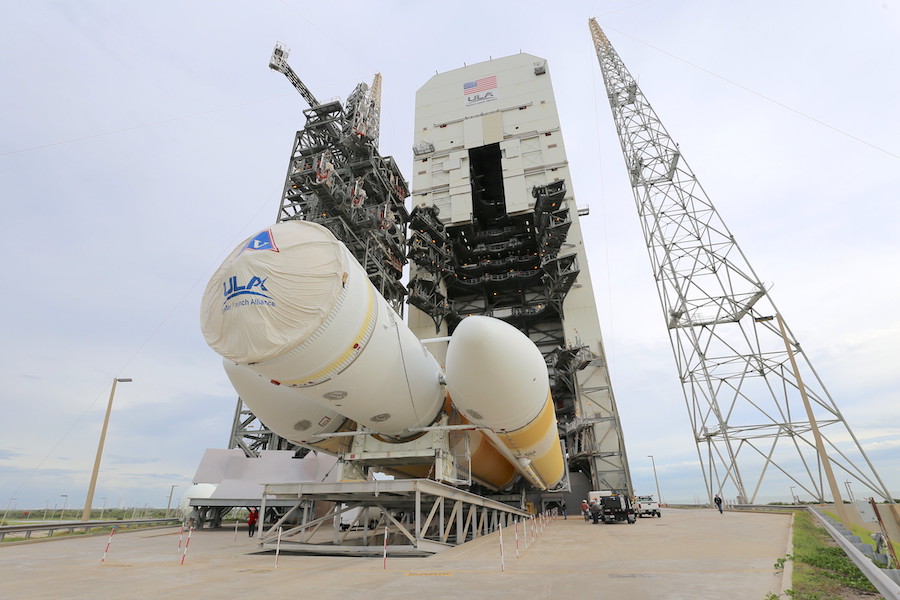
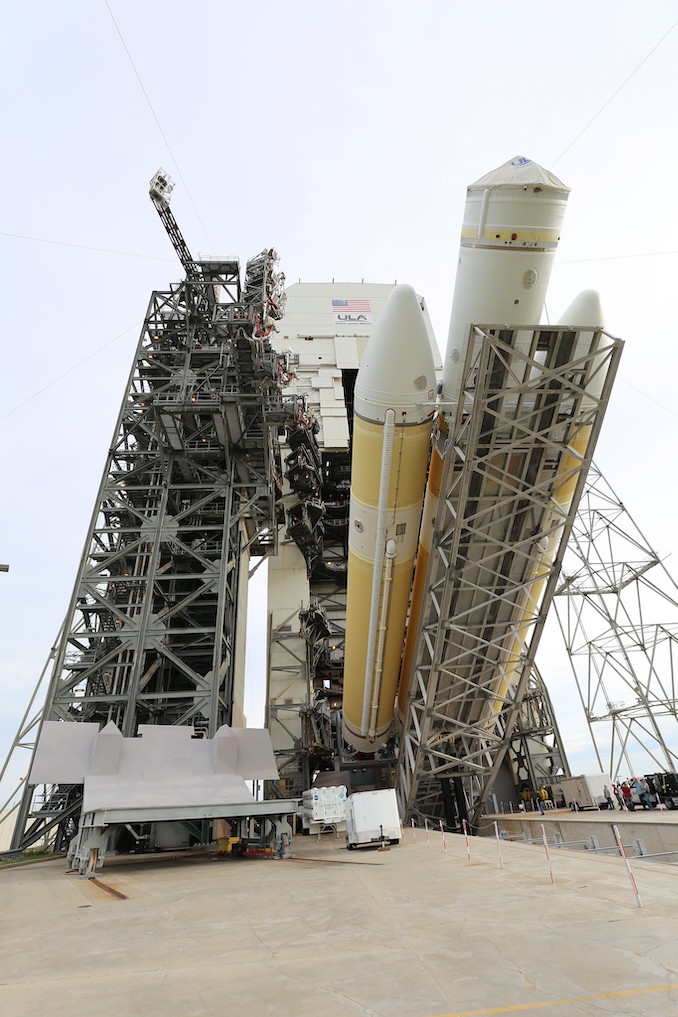
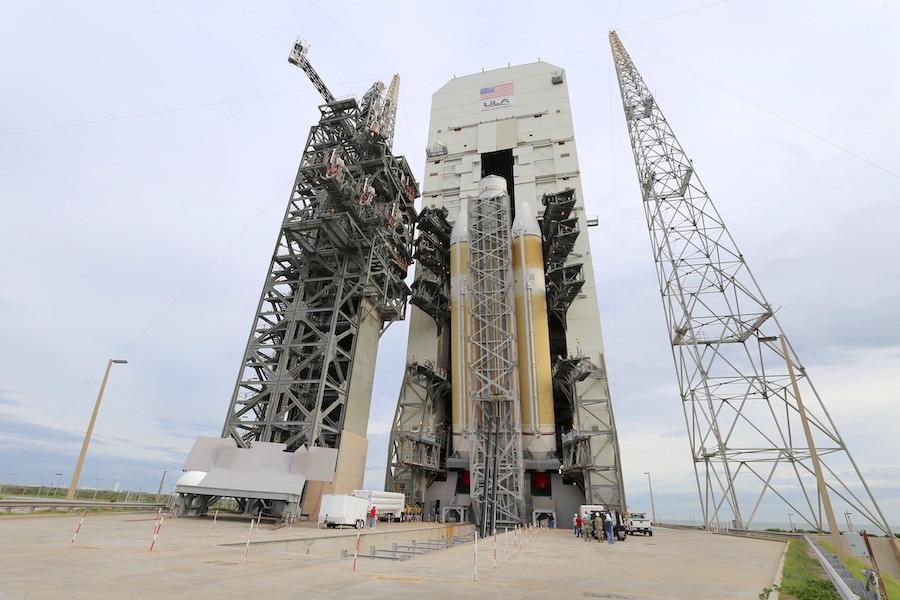
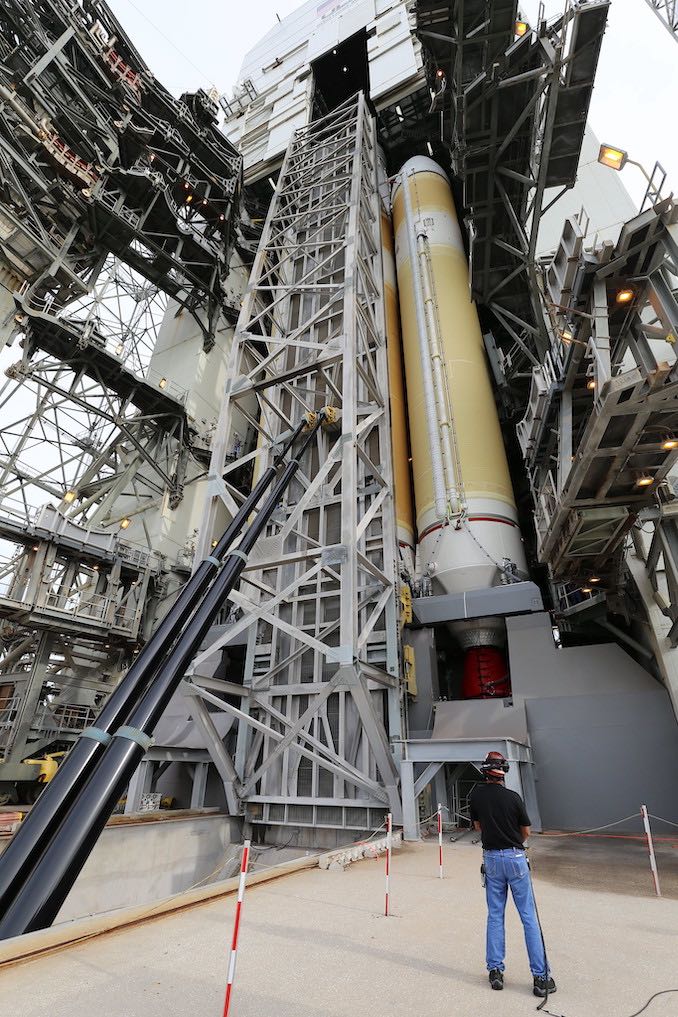
Email the author.
Follow Stephen Clark on Twitter: @StephenClark1.






